How To Put On A Wig Cap?-An Ultimate Guide

Wigs are well-known to be popular among women all over the globe because of their ability to improve a woman's natural attractiveness and complement the qualities that she already has.
A few decades ago, wearing a wig was a sure indicator that you lived a luxurious lifestyle, but these days, wigs are not only more inexpensive but also more readily available.
If you've never worn a wig before, the idea of putting on a wig cap may strike you as quite challenging. You would want to feel confident and comfortable when you decide to attempt something new or when you wish to show off your new appearance, right? Therefore, you must get acquainted with the fundamentals of wig-wearing before you get started with the process.
In this post, we will walk you through the processes that are required for you to successfully use a wig cap. We have you covered regardless of whether you are a novice or a seasoned pro when it comes to donning wigs.
Why Is It Necessary To Wear A Wig Cap?
Before delving into the steps of putting on a wig cap, let us first discuss why you should be wearing a wig cap in the first place. Here are some of the main benefits that come with wearing a wig cap:

- It helps hold your natural hair in place and maintains its natural shape.
- Any excessive amounts of oil from your scalp will be absorbed by the wig cap.
- A wig cap creates a smooth base for you to apply your wig on, making it easier to secure the wig and preventing it from slipping out of place.
- It helps to prevent itching, irritation, and other forms of discomfort when wearing a wig.
Now that you know why wearing a wig cap is important, let's take a look at how to put one on.
All Things You Need To Put On A Wig Cap
To begin, you'll need the following items:
A Wig Cap:

Make sure to invest in a quality wig cap that is made of breathable material. This will help to keep your scalp comfortable when wearing the wig cap. It is best to get one wig cap color close to your skin tone.
Hair Pins:

Make sure to have a few hair pins handy to hold down any loose strands of your natural hair.
Hair Ties:
Why not add a few hair ties or elastics to the mix? This will help you secure the wig cap in place and inhibit it from slipping off.
Wig Spray:

For a more secure fit, you may want to invest in some wig spray that will help keep the wig cap firmly in place.
Wide-tooth comb:

A wide-tooth comb will help to remove any tangles or knots from your hair before you put on the wig cap.
Curling wand or hair straightener (Optional):
Using a curling wand or hair straightener can help to make sure that your natural hair is styled and ready before you put on the wig cap.
Step By Step To Put On A Wig Cap
Are you prepared to get things going? Next, let's move on to the process of putting on a wig cap and examine the processes that need to be followed to do so:
Step 1. Prepare Your Natural Hair
You need to prepare your natural hair before applying the wig cap so that you may use it. This involves using a brush or comb with broad teeth to detangle and brush your hair before styling it. If you want to give your hair a certain look, you may do it with the help of a curling wand or a hair straightener.

You are all aware of how critical it is to properly prepare your natural hair; doing so is necessary to guarantee that your hair will remain in good health and unharmed. In addition, you may arrange your hair and assist it in laying flat by using a brush or comb to smooth it down and then tying a scarf over it to hold it in place.
Step 2. Apply Some Hair Gel to Your Hair:
Because it is one of the most critical steps, this one should not be skipped. You may use hair gel or hairspray with a mild hold to keep your hair in place while you wear the wig cap, the nape of your neck, and any other regions of your head that are prone to flyaways.

If you have short hair or baby hairs around the hairline, you may use a comb with broad teeth and run some gel through it to make it easier to tuck under the wig cap. This is especially helpful! If you don't have any hair gel by hand, you can still make your hair shiny and smooth by putting some water on it.
Step 3. Style Your Natural Hair Under The Wig Cap:
Why not add some structure to your natural hair to give it more support? You may either plait it or pull it back into a ponytail and tie it off with a hair tie. This will guarantee that not a single strand of your natural hair can be seen poking out from behind the wig cap when wearing a wig.
If you have short hair, you can use some bobby pins to secure any stray hairs that are sticking up. There are three different ways you may style your natural hair under the wig:
1. The Bun Method:

The ideal way to style hair that is shoulder-length or shorter is to twist it into a bun and then fasten it with hair pins. If you want the hair to lie flatter along the scalp, you may make the technique simpler by tying your hair into two little buns beforehand. You may use hairspray to prevent any stray strands of short hair from escaping the bun if they make an effort to do so.
2. Cornrow Method:
If you want to be able to cornrow your natural hair, it has to be at least an inch long. Just section off your hair into equal rows moving from the front to the back of your head, and then braid each row in the direction of your scalp.

To prevent tangles, make sure you use some detangling spray before braiding. You mustn't forget to apply a hand tie to wrap around all of the braids to maintain their cohesiveness. The more cornrows you build with thinner braids and a greater number of them, the flatter they will be along the scalp.
3. Braid Method:
If you have long hair, you may experiment with different hairstyles that include greater complexity by using your hair. You have the option of braiding your hair into two portions, splitting it along the center of your head, and then securing each section with a hair tie.

After you have finished braiding your hair, be sure to fasten each braid with a hair tie, and then cross the hair ties behind your head in a crisscross pattern to keep them in place. In the last step, you will need to pull the braids up behind your ears and fix them in place on top of your head using bobby pins.
Step 4. Spray Some Protective Products on Your Scalp
If you have sensitive skin in certain circumstances, your hair may cause you to experience itching. Before putting on a wig cap, you should spray your head with an appropriate scalp protection cream or oil, wait for twenty to thirty minutes for it to dry completely, and then put it on.

This will help avoid any irritation that might occur. You are all aware that a wig cap may provide extra protection for your scalp, but it is vital to take advantage of this additional measure of safety before putting on the wig.
Step 5. Put On Your Wig Cap:
After properly preparing both your hair and scalp, it is time to put on the wig cap so that you may continue with the process. Check that the wig cap covers your whole head from front to back and ensure that all of your natural hair is tucked away behind it.

The arrival of summer coincides with a gradual but steady increase in temperature. Therefore, we highly suggest you go for bamboo wig hats since they provide superior breathability and may help keep your head cool even on the hottest summer days. When you have finished securing the wig cap on your head, it is finally time to put on the wig that you have selected.
Step 6. Adjust Your Wig Cap:
As soon as you get the wig placed on your head, it is important to adjust the wig cap so that your ears can be seen through the openings. This is a significant stage that can't be skipped since it has the potential to either make or shatter the hairstyle that you are working so hard to obtain. To do this, you will need to carefully lift the wig cap over your head to release the hold it has on your ears.
If the cap of the wig is excessively long for your head, you may easily use scissors to remove the excess portion that rests over your ears. If any strands of hair have managed to escape from the wig cap, be sure to tuck them back in and secure them so that they do not give you any problems in the future.
Step 7. Hold Your Wig Cap In Place with Some Hairpins(optional)

Every wig wearer knows that the wig cap is essential, however, they may overlook how crucial it is to keep it in place. This can be achieved by using some bobby pins on either side of your head to hold everything down. Furthermore, you can also use a headband to provide additional support and comfort when wearing your wig. By following these steps, you can maintain a secure and comfortable wig hold that will last throughout the day.
Step 8. Put On And Secure Your Wig:
Once you have made sure that your wig cap is properly in place and all of the necessary adjustments are made, it is time to put on your wig and secure it on your head.
Depending on the type of wig you have, the safety methods may vary. For example, if you are wearing a headband wig, then you will need to fasten it in place by tying the straps at the nape of your neck. Alternatively, for other types of wigs, such as lace front or full lace wigs, you can cut the lace and use spray or lace glue to secure the wig from slipping off.
Step 9. Style Your Wig
Finally, use a comb or brush to ensure that your wig is entirely in place and that all of the hairs are pointing in the right direction. Afterward, you can add some extra styling as desired. Following these instructions will grant you a flawless and confident look!
In a Nutshell
All in all, following the nine steps listed above, should help you get your wig cap on without any issues. If you need further assistance, don't hesitate to reach out to us, and we'll be more than happy to help!





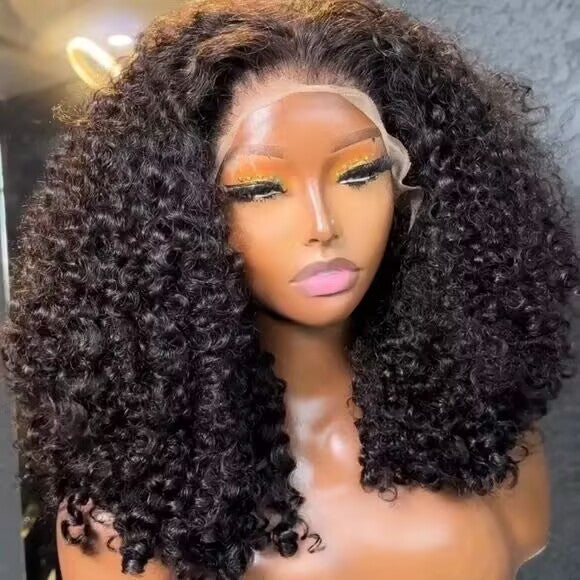
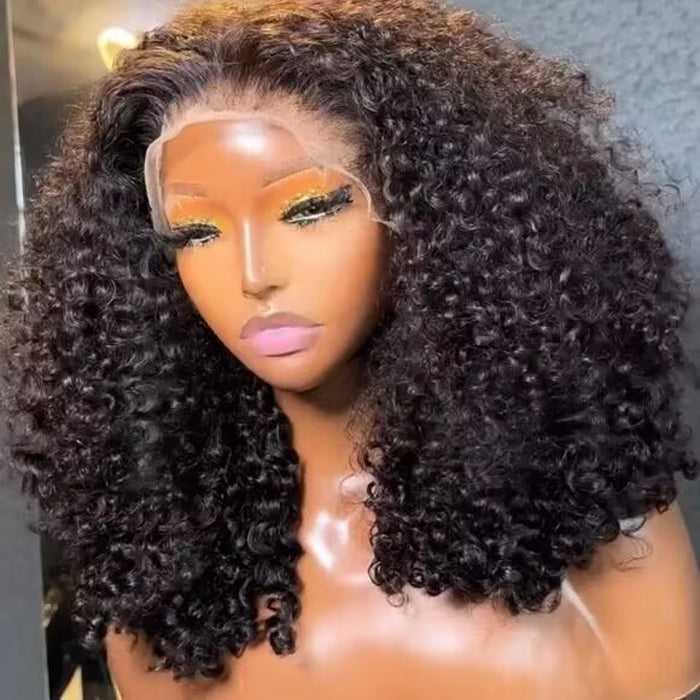
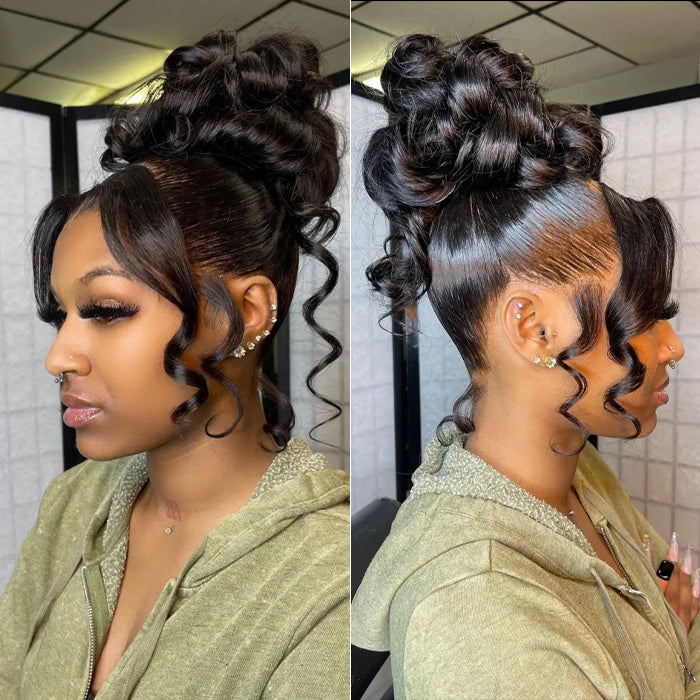

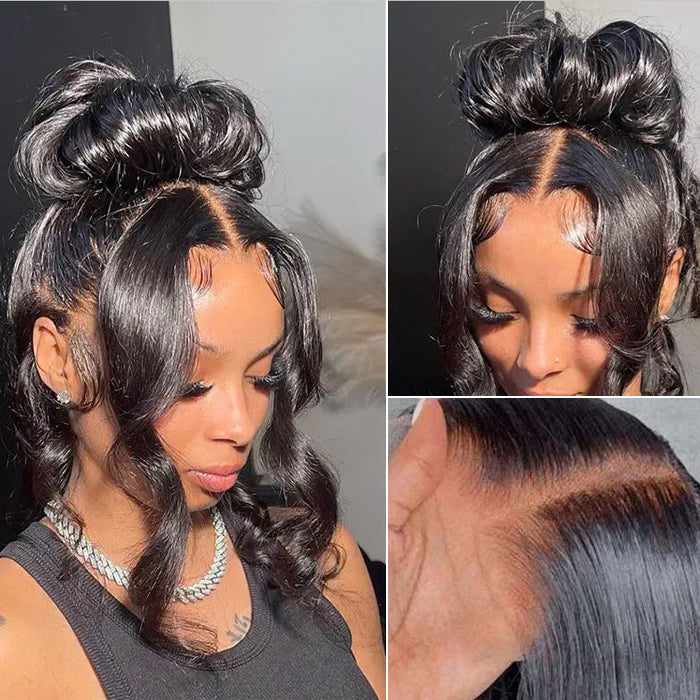
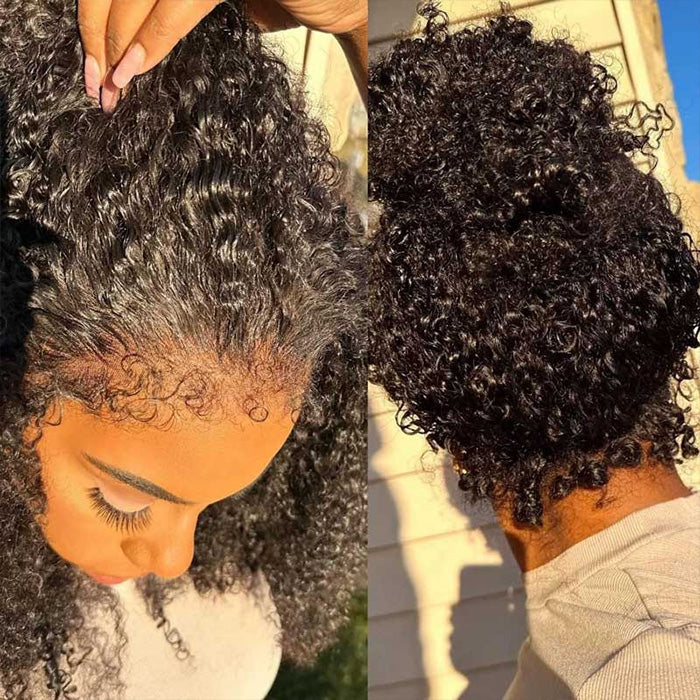



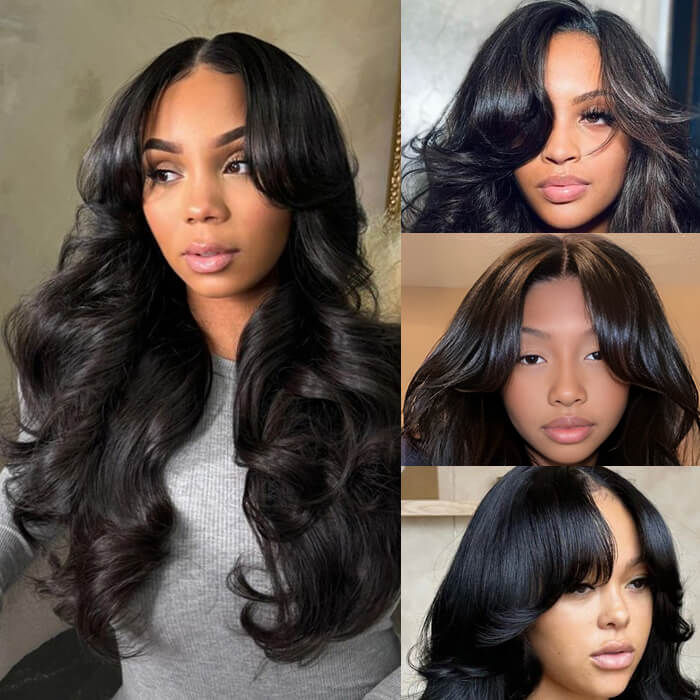


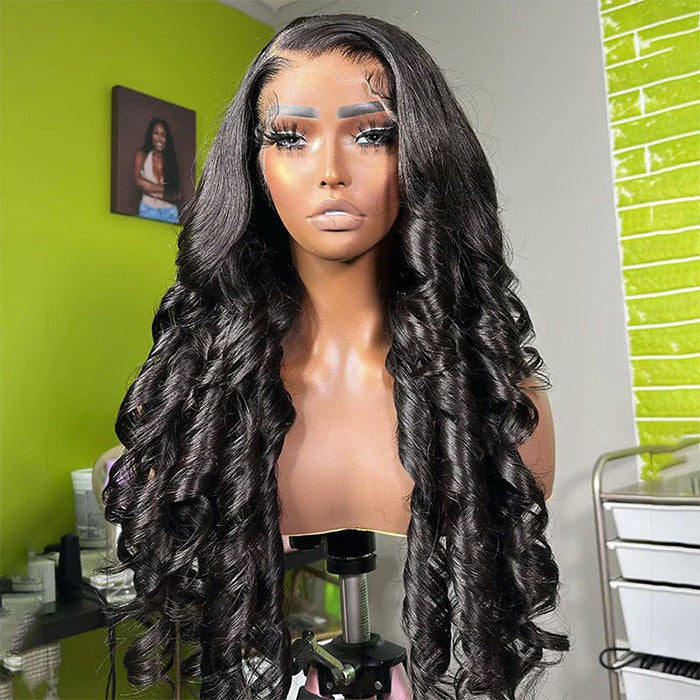

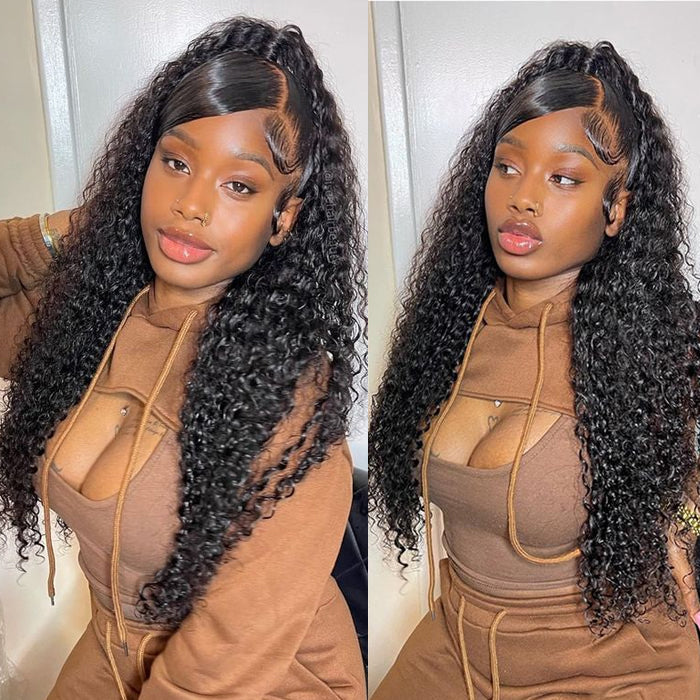

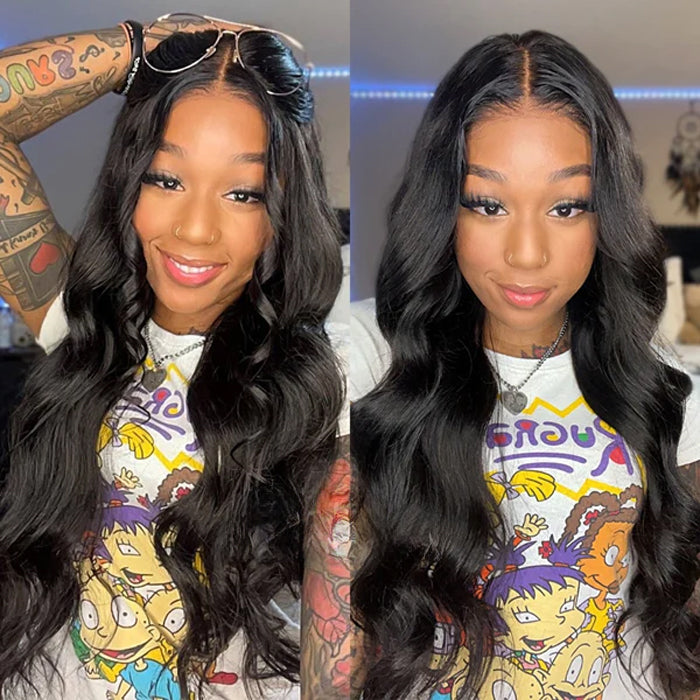
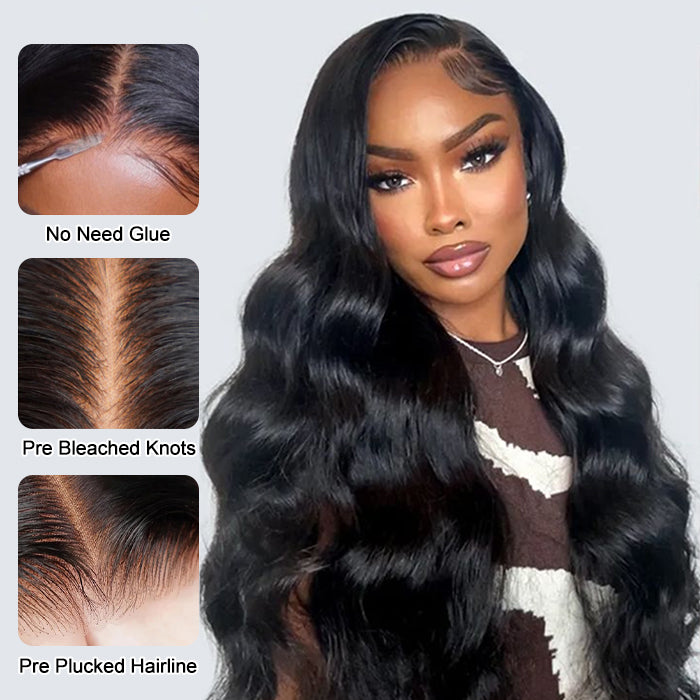
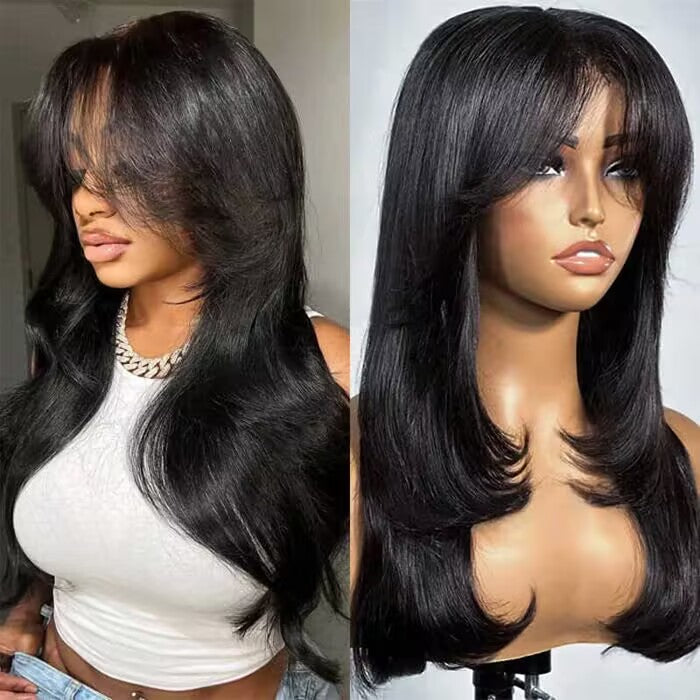

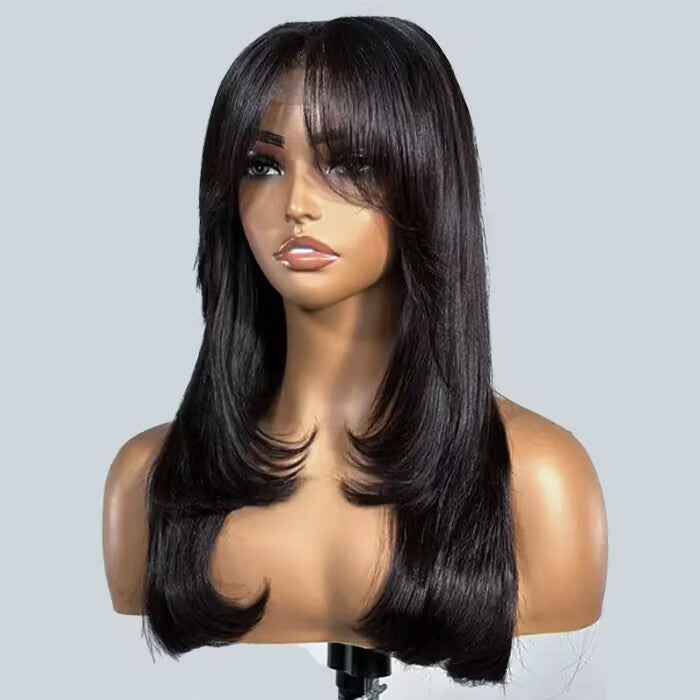

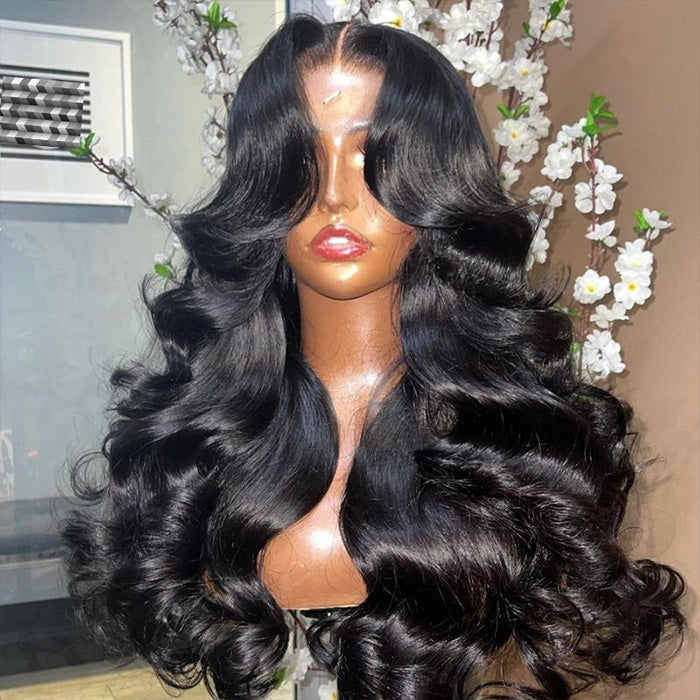
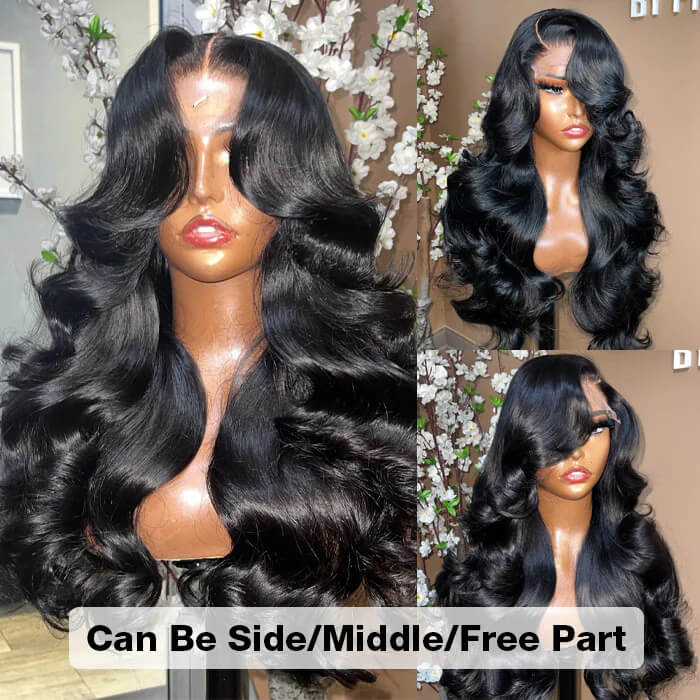
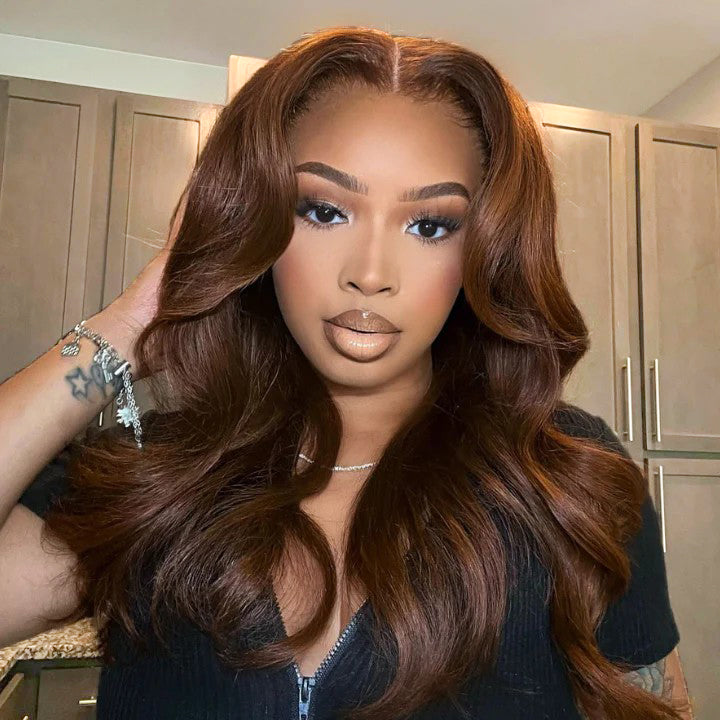
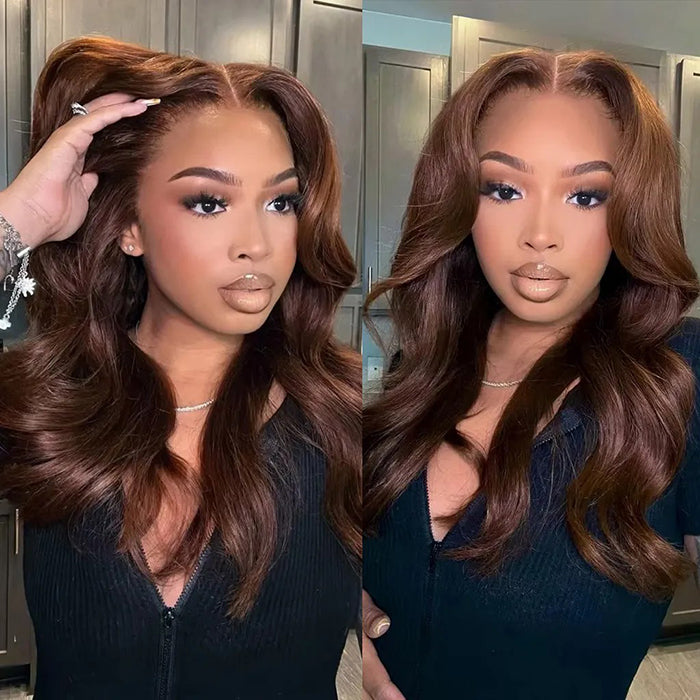
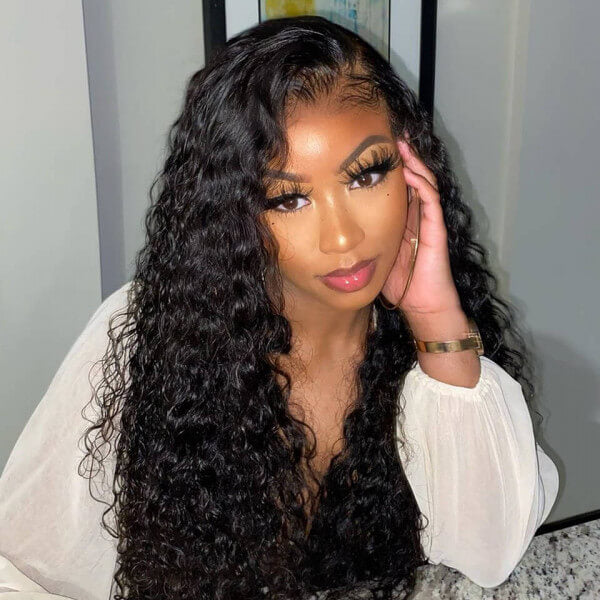

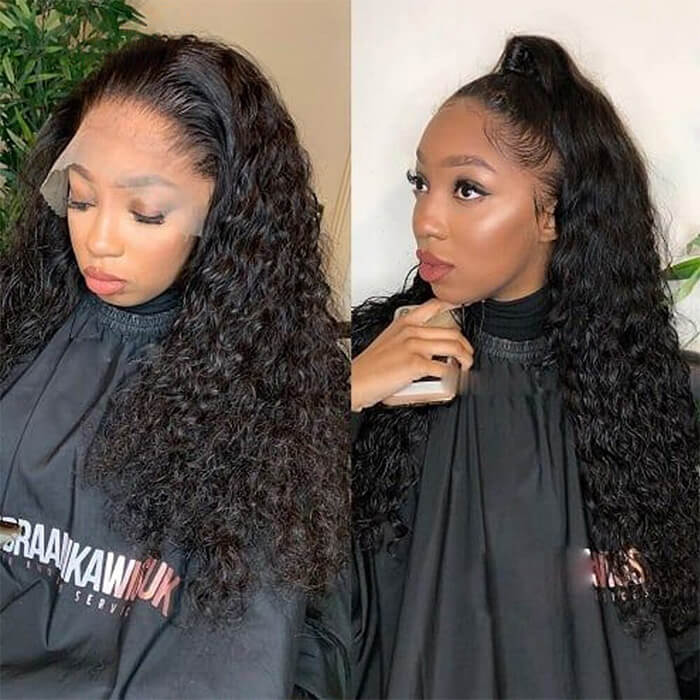
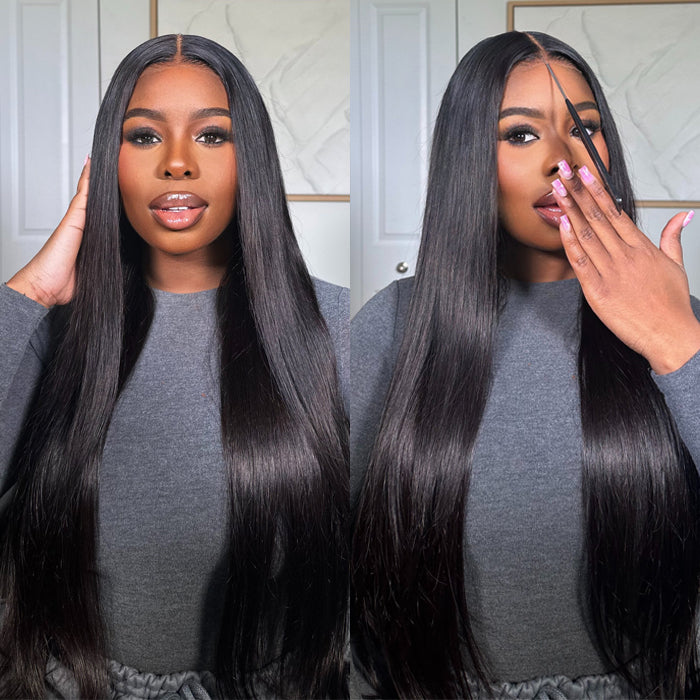
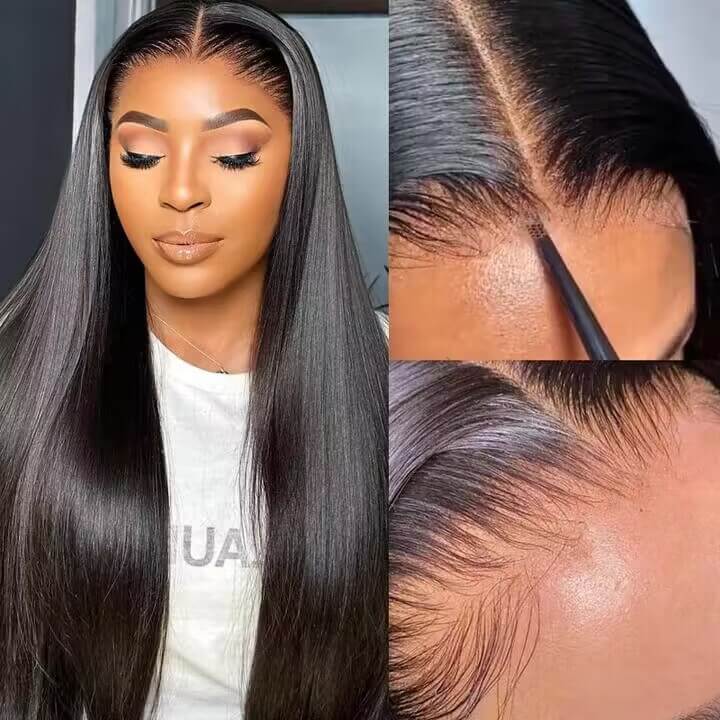
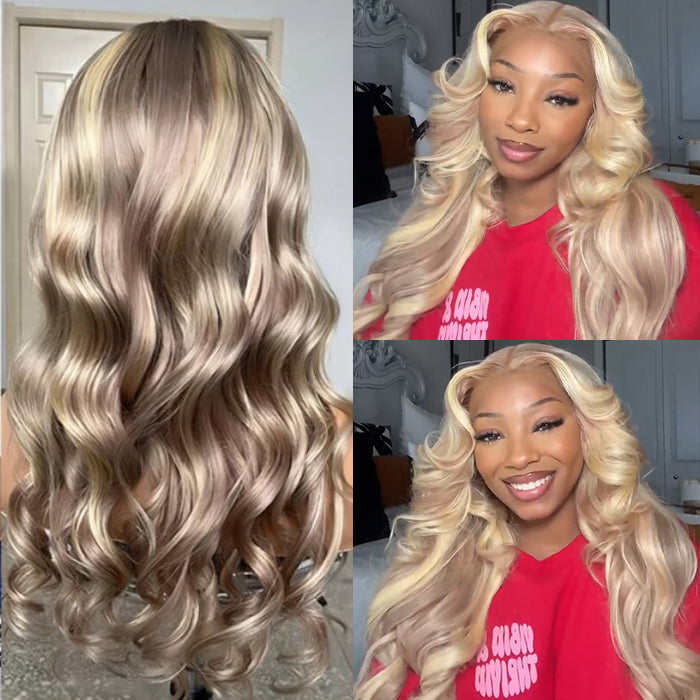
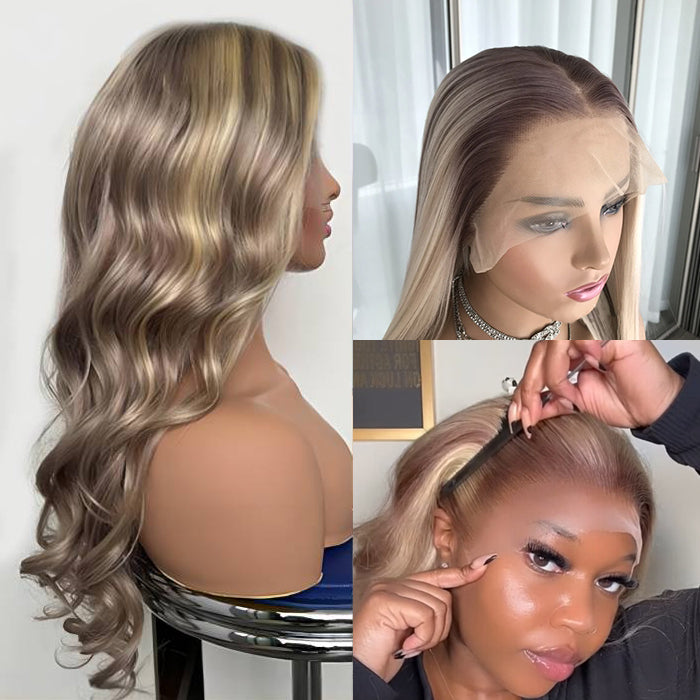
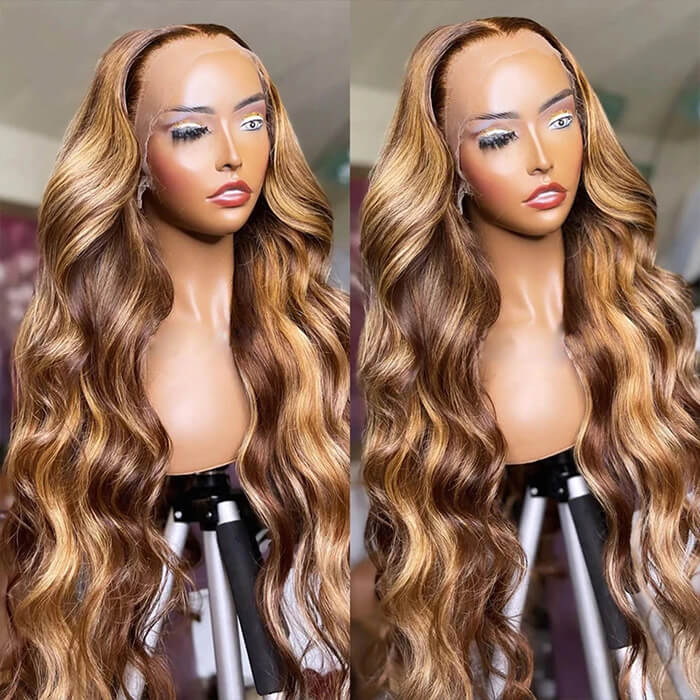
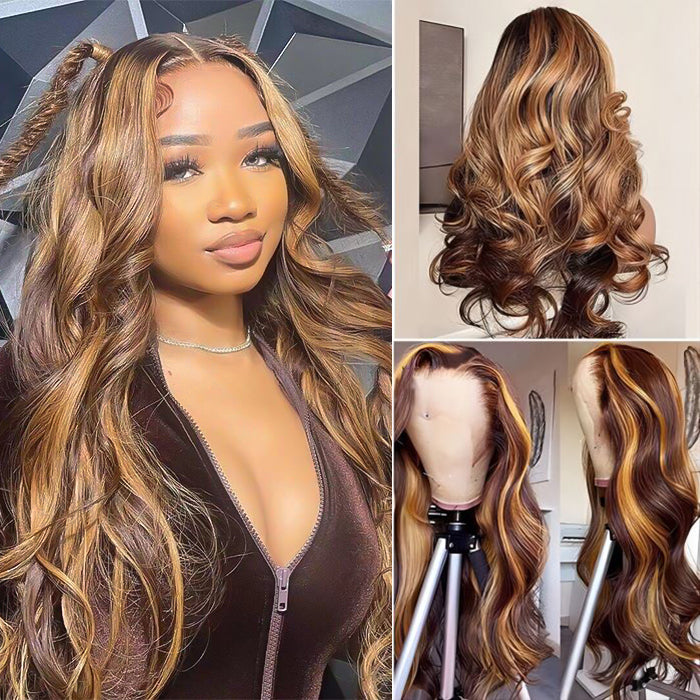
Leave a comment